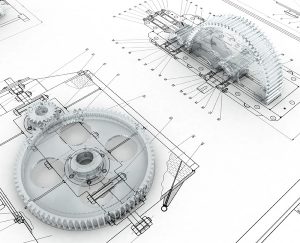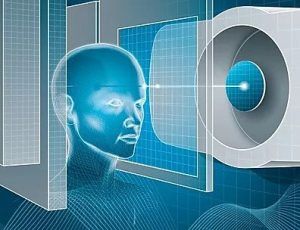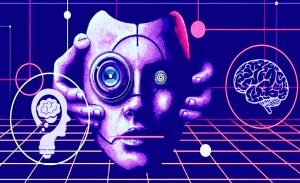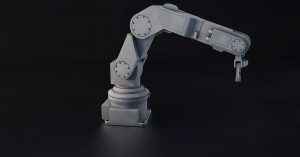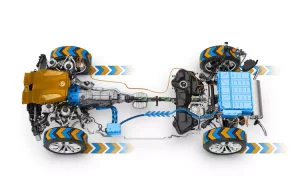Good morning,
we have just started our course on “Digital Modeling of Energy Conversion” to be taught for 1st yr mechatronics engineering students within the tracks “electronics for digital transition” and “mechanics for digital transition”.
Please join the team on MS-teams named “MULONE-80300269-DIGITAL_MODELING_OF_ENERGY_CONVERSION”, where you can find the introductory slides to the course uploaded in the “File” section of the channel “Lezioni”.
MS TEAMS code: eqd19lf
Refer to us for any questions you should have. The next class is next Wednesday at 9:30 in room B16.
Rome, 22/09/2025
Best regards
Vincenzo Mulone and Pietro Mele
 UNIVERSITA' DEGLI STUDI ROMA "TOR VERGATA"
UNIVERSITA' DEGLI STUDI ROMA "TOR VERGATA"



